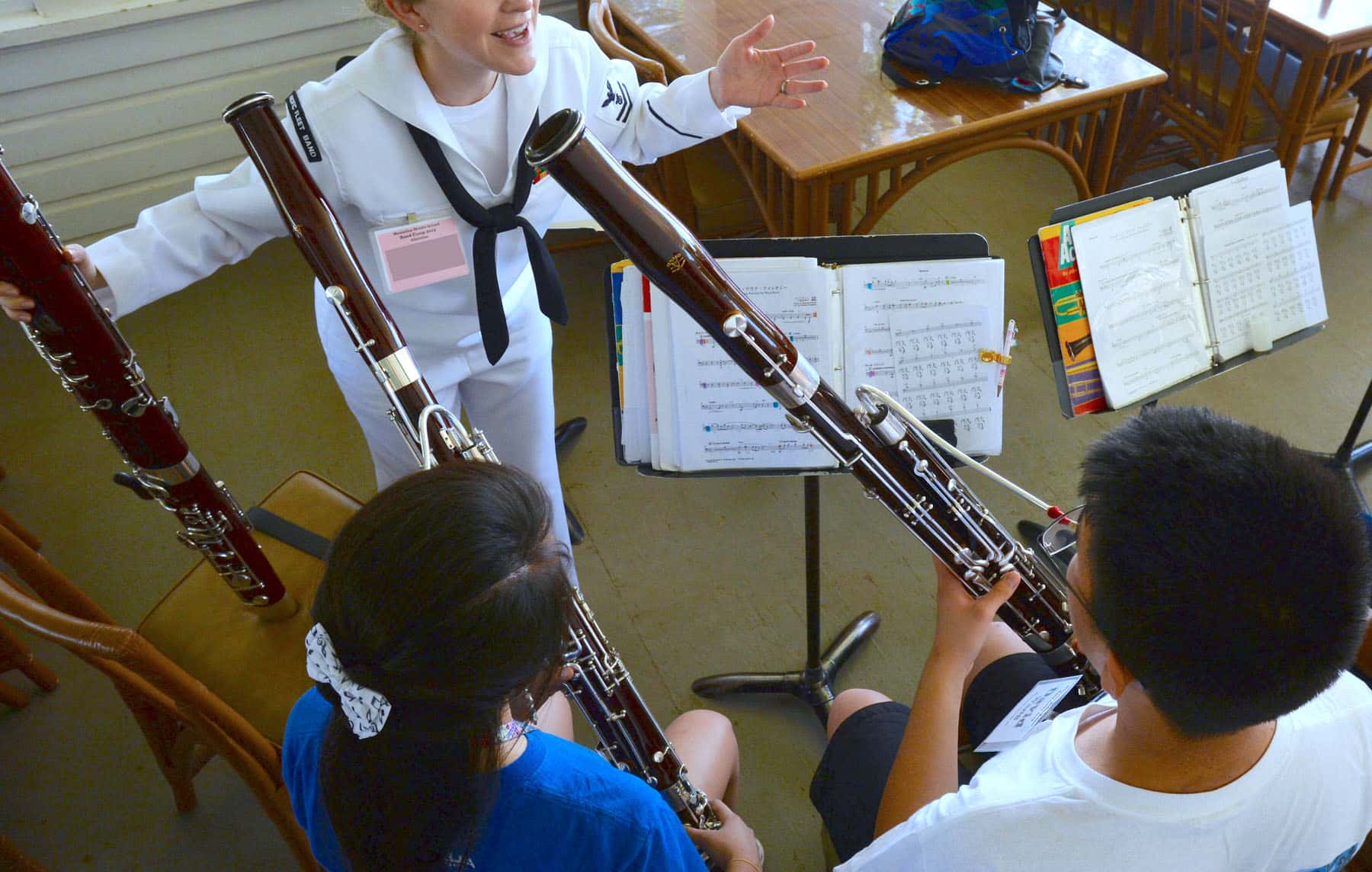
Bassoon.
Bassoon reviews, articles, and tips for beginners and beyond
In this series...
History
The Bassoon has a number of musical ancestors from the 16th century, including the Dulcian (also known as the Curtal), the Rankett, and the Shawm. All of them were low-pitched woodwind instruments and used a double reed to produce a sound.
An early version of the Bassoon was in use by the middle of the 17th century, although at this point it was universally known by its French name “Fagotto”.
For the majority of the 18th century, most Bassoons only had three or four keys, but by the turn of the 19th century, this had expanded to between six and eight.
Shortly thereafter, a German military bandmaster called Carl Almenräder took great strides in improving the design of the instrument. He increased the number of keys and made changes to the main curve of the instrument, which in turn increased the instrument’s volume, as well as making it easier to control the pitch.
This improved instrument, which also benefited from the work of Johann Adam Heckel, is known as the German-style (or Heckel-style) Bassoon and is used more widely than the more traditional French-style instruments.
Bassoon. Specs
The Bassoon is one of the largest double-reed instruments commonly found in an orchestra. It is normally made from wood, but some cheaper models are made from plastic.
The number of keys on a Bassoon varies from instrument to instrument, but there are normally between 22 and 28. These are almost always made from metal.
Between the main body of the Bassoon and the reed is a thinner, curved metal tube called a crook. This relatively small and unassuming component has a major effect on the sound of the instrument.
A double wooden reed is inserted into the crook before playing the instrument.
How To Play
To play a note on the Bassoon you need to put the double reed between your lips and blow, ensuring your lips are completely sealed, and that your teeth are not touching the reed.
Bassoon players place a finger on each of the instrument’s keys, and the note that’s produced depends on which of these keys are open and closed.

If you were to straighten out a Bassoon it would be about 2.5 metres long!
Bassoon. Music
Famous Artists
Discover...
Bassoon.
Get the 4 Things I’ve Been Loving, Using and Reviewing
Every Friday, I distribute a unique email showcasing the four most amazing things I’ve reviewed or used that week.
The e-mail really could be about anything at all; books, audio, gadgets, playing techniques – as long as it’s entertaining and interesting, it’ll end up on the mail!
These ‘4-Feature Friday‘ emails are only accessible for those who sign up below – so what are you waiting for?
Read the next post in this series:








